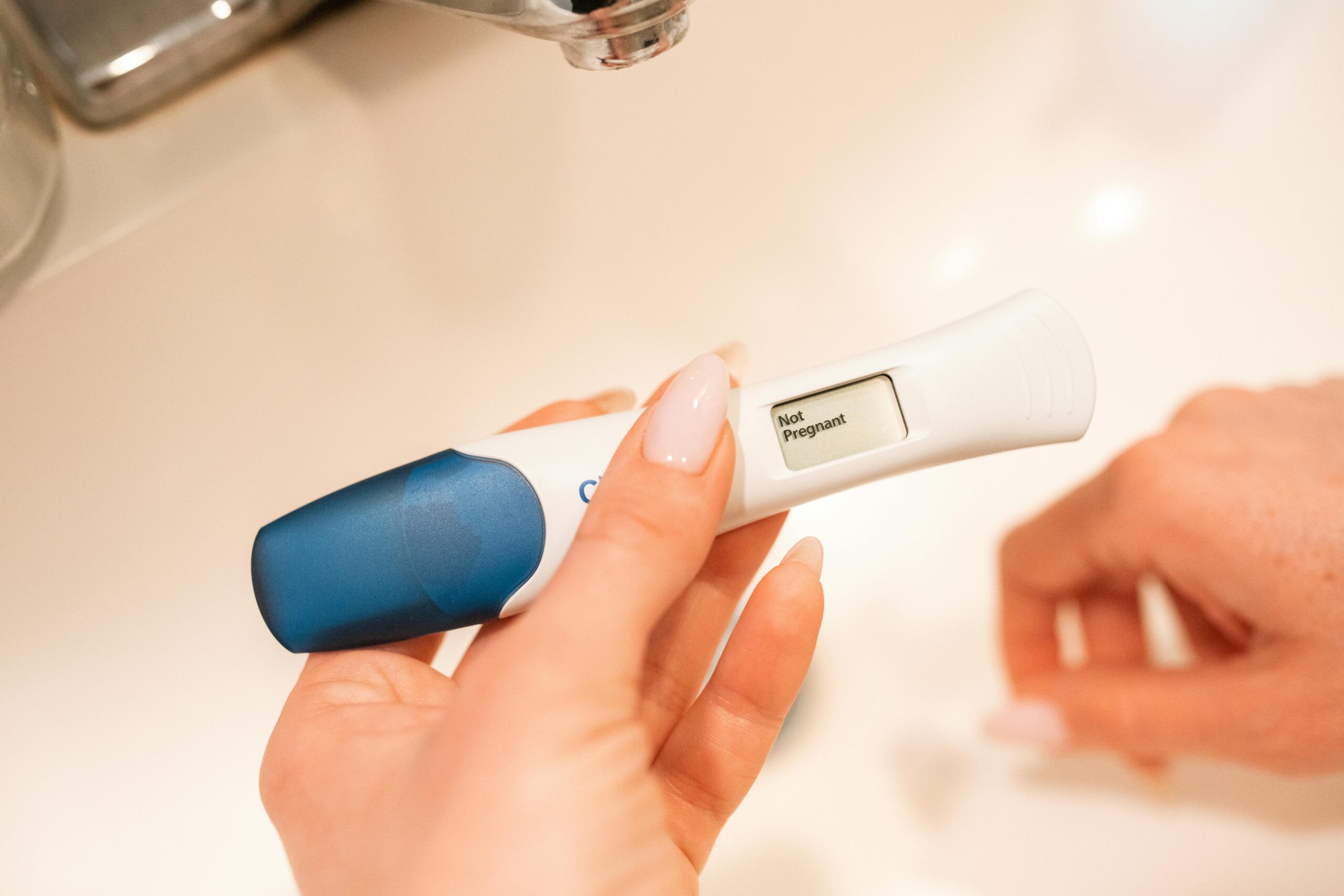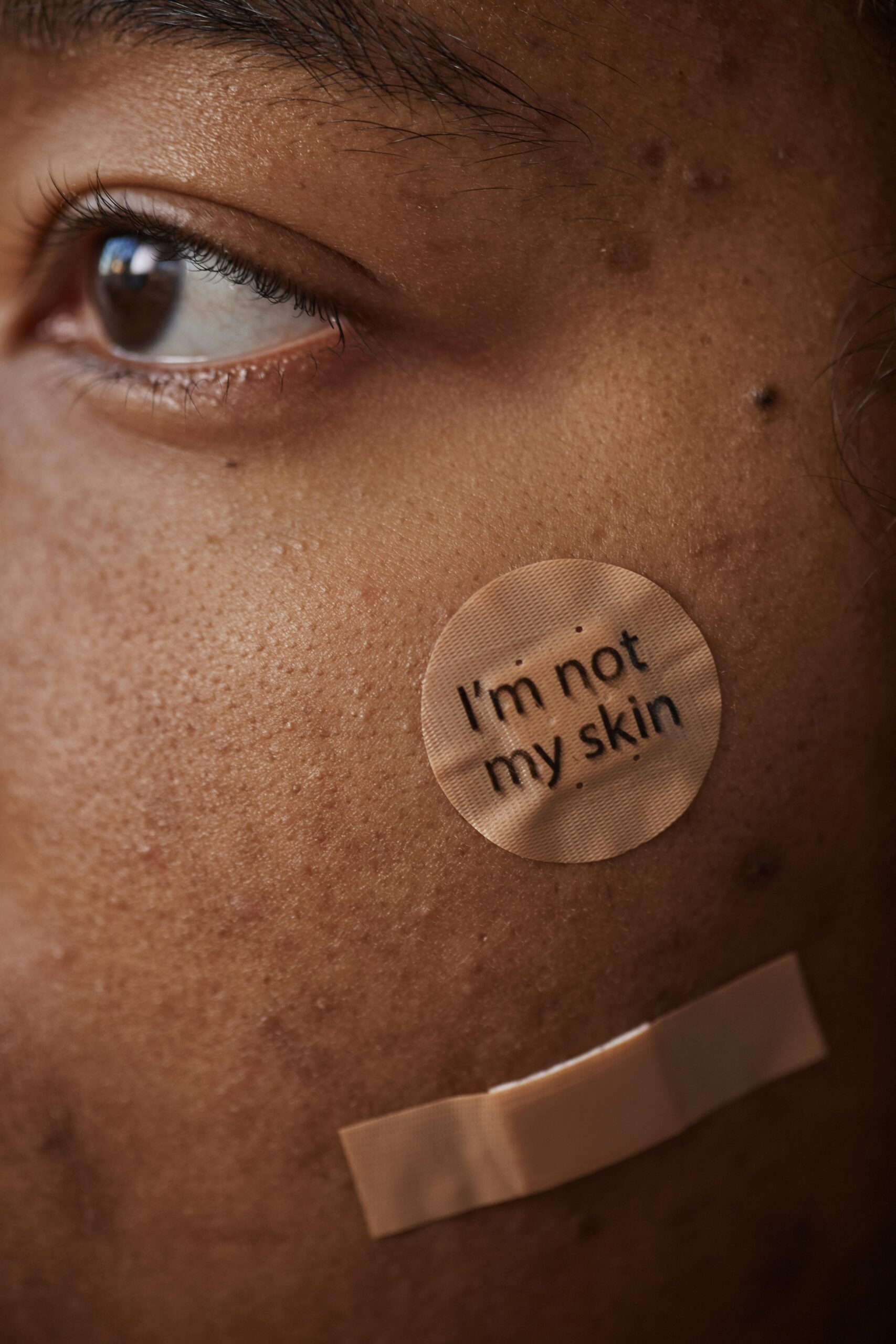Acne is one of the most common skin conditions, affecting millions worldwide. While factors like genetics, hormones, and skincare habits play significant roles, diet can also influence acne—either helping to clear your skin or contributing to breakouts. Understanding which foods to eat and avoid can empower you to manage acne more effectively. This article explores the connection between diet and acne, offering practical advice on foods to prioritize and those to limit for healthier, clearer skin.
The Diet-Acne Connection
Acne develops when pores become clogged with oil, dead skin cells, and bacteria, leading to inflammation, pimples, blackheads, or cysts. Diet impacts acne by influencing hormone levels, inflammation, and oil production in the skin. Certain foods can trigger insulin spikes or inflammation, exacerbating acne, while others can reduce inflammation and support skin health. Although diet alone isn’t a cure, it’s a powerful tool when combined with proper skincare and medical advice.
Foods to Eat for Clearer Skin
Incorporating nutrient-rich, anti-inflammatory foods into your diet can help reduce acne and promote healthy skin. Below are key foods to prioritize, along with their benefits.
1. Low-Glycemic Foods
Why They Help: High-glycemic foods (like sugary snacks and white bread) cause rapid blood sugar and insulin spikes, which can increase oil production and inflammation, worsening acne. Low-glycemic foods stabilize blood sugar and reduce these effects.
- What to Eat:
- Whole grains (quinoa, brown rice, oats)
- Legumes (lentils, chickpeas)
- Non-starchy vegetables (broccoli, spinach, zucchini)
- Fruits like berries, apples, and pears (in moderation)
- How to Incorporate: Swap white bread for whole-grain bread, or replace sugary cereal with oatmeal topped with berries.
Example: A study in the American Journal of Clinical Nutrition found that a low-glycemic diet reduced acne lesions by 22% over 12 weeks compared to a high-glycemic diet.
2. Omega-3 Fatty Acids
Why They Help: Omega-3s have anti-inflammatory properties that can reduce the inflammation associated with acne. They also help regulate oil production and improve skin barrier function.
- What to Eat:
- Fatty fish (salmon, mackerel, sardines)
- Flaxseeds and chia seeds
- Walnuts
- Algae-based supplements (for vegetarians/vegans)
- How to Incorporate: Add salmon to a weekly meal, sprinkle chia seeds on yogurt, or snack on a handful of walnuts.
Example: Research in the Journal of Cosmetic Dermatology showed that omega-3 supplementation reduced acne severity in 60% of participants after 12 weeks.
3. Antioxidant-Rich Foods
Why They Help: Antioxidants combat oxidative stress, which can contribute to inflammation and acne. They also support skin repair and protect against environmental damage.
- What to Eat:
- Berries (blueberries, strawberries)
- Dark leafy greens (kale, spinach)
- Green tea
- Dark chocolate (70% cocoa or higher, in moderation)
- How to Incorporate: Start your day with a green smoothie, sip green tea instead of coffee, or enjoy a small piece of dark chocolate as a treat.
Example: A study in the Journal of Investigative Dermatology found that antioxidants like those in green tea reduced sebum production and inflammation in acne-prone skin.
4. Zinc-Rich Foods
Why They Help: Zinc reduces inflammation, fights acne-causing bacteria, and regulates oil production. Zinc deficiency is linked to more severe acne.
- What to Eat:
- Pumpkin seeds
- Shellfish (oysters, crab)
- Nuts and seeds (cashews, hemp seeds)
- Lentils and chickpeas
- How to Incorporate: Add pumpkin seeds to salads, or include lentils in soups and stews.
Example: A 2013 study in BioMed Research International found that zinc supplementation reduced acne lesions by 50% in participants after 8 weeks.
5. Probiotic-Rich Foods
Why They Help: Probiotics support gut health, which is linked to skin health. A balanced gut microbiome can reduce systemic inflammation and improve acne.
- What to Eat:
- Yogurt (plain, unsweetened, with live cultures)
- Kefir
- Sauerkraut and kimchi
- Miso and tempeh
- How to Incorporate: Add a serving of yogurt to breakfast, or include fermented vegetables as a side dish.
Example: A 2018 study in Dermatology Online Journal found that probiotics improved acne in 80% of participants by reducing inflammation and balancing skin bacteria.
Foods to Avoid or Limit
Certain foods can exacerbate acne by increasing inflammation, oil production, or hormonal fluctuations. While individual triggers vary, the following are common culprits.
1. High-Glycemic Foods
Why They Hurt: Foods high in refined sugars and carbohydrates spike insulin levels, which can increase androgen hormones and oil production, leading to clogged pores.
- What to Avoid:
- Sugary drinks (soda, energy drinks)
- White bread, pasta, and rice
- Pastries, cookies, and cakes
- Processed snacks (chips, crackers)
- Alternatives: Choose whole-grain versions or naturally sweet options like fruit.
Example: A 2007 study in the American Journal of Clinical Nutrition linked high-glycemic diets to a 14% increase in acne severity compared to low-glycemic diets.
2. Dairy Products
Why They Hurt: Dairy, especially milk and whey protein, contains hormones that can stimulate oil glands and increase inflammation. Skim milk is particularly problematic due to its high insulin-spiking potential.
- What to Avoid:
- Milk (cow’s milk, especially skim)
- Cheese
- Ice cream
- Whey protein supplements
- Alternatives: Try plant-based milks (almond, oat, or soy) and non-dairy yogurts.
Example: A 2019 meta-analysis in Nutrients found that dairy consumption increased acne risk by 25%, with milk being the strongest trigger.
3. Processed and Fried Foods
Why They Hurt: These foods are often high in unhealthy fats and additives, which can promote inflammation and disrupt skin health.
- What to Avoid:
- Fast food (burgers, fries)
- Fried snacks (chicken nuggets, mozzarella sticks)
- Packaged snacks with trans fats
- Alternatives: Opt for baked or grilled foods and whole-food snacks like nuts or fruit.
Example: A 2020 study in JAMA Dermatology linked frequent fast-food consumption to a 17% higher likelihood of acne.
4. Excessive Sugar and Artificial Sweeteners
Why They Hurt: High sugar intake can spike insulin and inflammation, while some artificial sweeteners may disrupt gut health, indirectly affecting skin.
- What to Avoid:
- Candy and sugary desserts
- Artificially sweetened drinks or foods
- High-fructose corn syrup products
- Alternatives: Use natural sweeteners like honey or maple syrup in moderation, or focus on fruit for sweetness.
Example: Research in the Journal of the American Academy of Dermatology found that high sugar intake was associated with a 30% increase in acne risk.
Practical Tips for an Acne-Friendly Diet
Transitioning to an acne-friendly diet doesn’t require an overhaul overnight. Here’s how to start:
- Keep a food diary: Track what you eat and note any acne flare-ups to identify personal triggers. Apps like MyFitnessPal can help.
- Plan balanced meals: Aim for meals with lean protein, healthy fats, and complex carbs. For example, a lunch of grilled salmon, quinoa, and steamed broccoli supports skin health.
- Stay hydrated: Drink 8-10 glasses of water daily to support skin hydration and detoxification.
- Limit trigger foods gradually: If dairy is a staple, reduce it slowly by switching one dairy item at a time to a plant-based alternative.
- Consult a professional: Work with a dermatologist or dietitian to tailor dietary changes to your needs, especially if acne persists.
Other Considerations for Acne Management
Diet is just one piece of the puzzle. To maximize results:
- Maintain a consistent skincare routine: Use non-comedogenic (non-pore-clogging) cleansers, moisturizers, and treatments like benzoyl peroxide or salicylic acid.
- Manage stress: Stress increases cortisol, which can worsen acne. Practice mindfulness, yoga, or exercise to stay balanced.
- Get enough sleep: Aim for 7-9 hours of sleep to support skin repair and hormone regulation.
- Seek medical advice: If acne is severe, consult a dermatologist for treatments like retinoids, antibiotics, or hormonal therapies.
Overcoming Common Challenges
- Challenge: Cravings for trigger foods
Solution: Satisfy cravings with healthier alternatives, like dark chocolate instead of milk chocolate or baked sweet potato fries instead of fried snacks.
- Challenge: Limited access to fresh foods
Solution: Stock up on frozen fruits and vegetables, which retain nutrients, or grow herbs like parsley for antioxidant boosts.
- Challenge: Social dining pressures
Solution: Choose acne-friendly options when eating out, like grilled fish or salads, and politely decline trigger foods.
The Broader Impact of an Acne-Friendly Diet
Adopting a diet that supports clear skin offers benefits beyond acne reduction. It can improve overall health, boost energy, and enhance mood. By focusing on nutrient-dense, anti-inflammatory foods, you’re not only investing in your skin but also in long-term wellness. Sharing your journey—whether through social media or conversations—can inspire others to make similar changes.
Conclusion
Your diet plays a significant role in managing acne. By prioritizing low-glycemic foods, omega-3s, antioxidants, zinc, and probiotics, you can reduce inflammation and support clearer skin. Avoiding high-glycemic foods, dairy, processed items, and excessive sugar helps minimize breakouts. Start with small, sustainable changes, track your progress, and combine dietary shifts with proper skincare and lifestyle habits. With consistency, an acne-friendly diet can lead to healthier skin and a healthier you.












